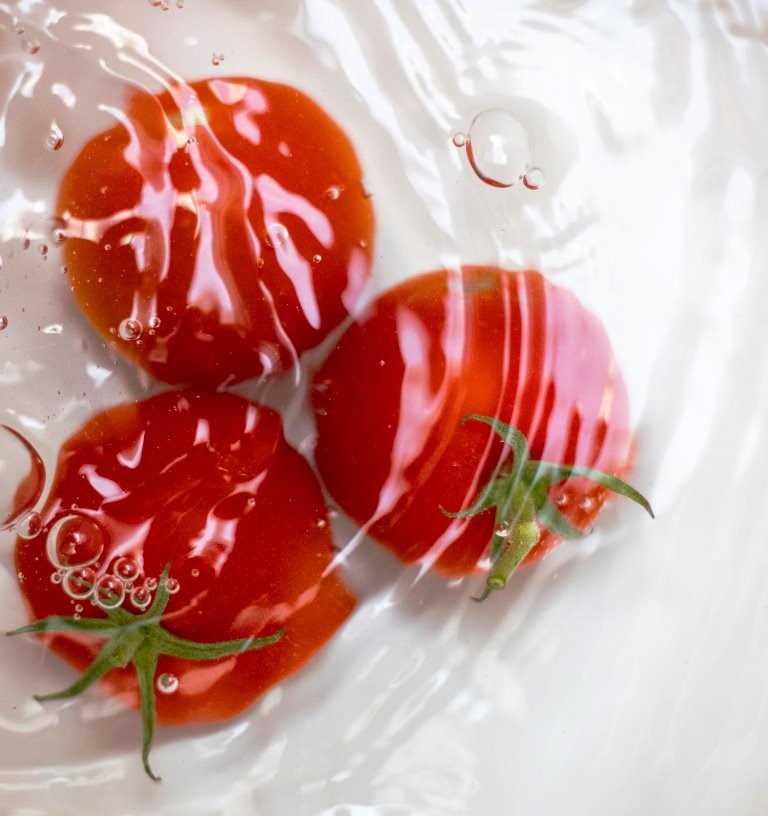I’m sure you all have a fair inkling about some elements of what your carbon footprint is and have implemented, in your own way, certain strategies on how to lessen that footprint.
But are you at all aware of what the water footprint is for each bit of food you consume?
Here are the water footprints for a few foods that may surprise you – making it high time perhaps to get the most out of your allotment or even your windowsill gardens for that matter.
- Tomato: On average, one tomato (250 gram) costs 50 litres of water.Tomato sauce / ketchup costs 530 litres of water per kilogram of tomato ketchup.
Tomato puree costs 710 litres of water per kilogram of tomato puree. - A pound of lettuce = 114 litres
In general, vegetables take much less water to produce than animal products: That’s where the Meatless Monday suggestion comes in. There’s no need to go vegan but every bit helps. Lettuces’ water footprint for the UK can be a lot higher as the produce can need to be brought in for consumption from other countries in the winter months.
- A kilogram of chocolate = 17 000 litres
On average, cocoa beans have a water footprint of 20 000 litres/kg. Cocoa beans are first made into cocoa paste, with cocoa shells as rest product. About 97% of the total water footprint of cocoa beans is allocated to the cocoa paste that is derived from the beans; the rest is attributed to the by-products. One kilogram of cocoa beans gives about 800 gram of paste, so that the water footprint of cocoa paste is about 24 000 litres/kg. From this we can calculate that chocolate has a water footprint of about 17 000 litres/kg.
- A slice of pizza = 159 litres of water
That would be 68 litres for the flour, 79 litres for the cheese, and nearly 11 for the sauce. Mozzarella, it turns out, is a real water sucker, as is any animal product. Of course, this is the global average, and water use per slice varies from country to country. French pizza has less than half this footprint, the US just about hits the average mark, and Chinese pizza is slightly more waterlogged.
Obviously, you can’t live on water alone (although it’s super important to ensure that you drink sufficient water), but perhaps spare a thought in future about where your food comes from.
*excerpts from Waterfootprint.org

